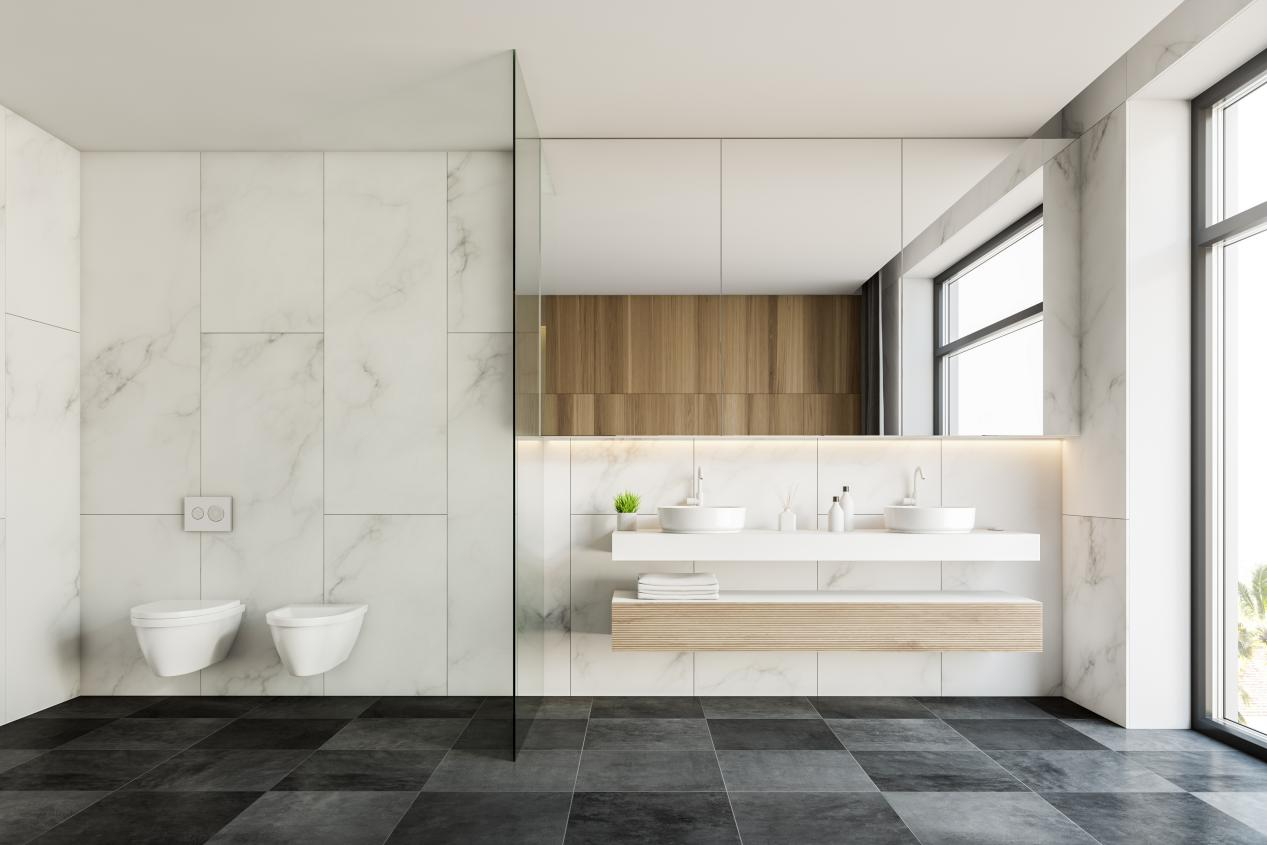Bathroom cabinets are an essential element in every home, providing storage space for a variety of hygiene products and bathroom essentials. Over the years, bathroom cabinets have evolved in terms of style, functionality, and innovation, catering to the changing needs and preferences of consumers. This article will explore the history and evolution of bathroom cabinets, as well as the latest trends and technologies in this industry.
The early history of bathroom cabinets dates back to the ancient civilizations of Mesopotamia, Egypt, and Greece, where people used simple wooden boxes or baskets to store their personal hygiene items. During the Roman Empire, bathroom cabinets became more elaborate, with marble and other luxurious materials used in their construction. In the modern era, bathroom cabinets have evolved significantly, with advances in materials, design, and functionality.
In terms of style, bathroom cabinets have gone through several phases. The traditional bathroom cabinet was typically made of wood and had a simple, functional design. During the mid-20th century, the modernist movement influenced the design of bathroom cabinets, with clean lines and minimalist aesthetics. In the 1980s and 1990s, the bathroom cabinet industry saw the rise of the fitted bathroom, with cabinets that were designed to fit seamlessly into the space available. Today, bathroom cabinets come in a variety of styles, including traditional, modern, and contemporary, with options for every taste and preference.
Functionality has also played a crucial role in the evolution of bathroom cabinets. In the past, bathroom cabinets were primarily used for storage, but today they serve a variety of purposes. Modern bathroom cabinets are designed toaccommodate the needs of the modern family, with features such as built-in mirrors, lighting, and storage compartments for towels, toiletries, and other essentials. Additionally, many bathroom cabinets are designed to be waterproof, ensuring that they can withstand the moisture and humidity in the bathroom environment.
In recent years, innovation has been a driving force in the bathroom cabinet industry. advances in technology have led to the development of smart bathroom cabinets, which can be controlled using a smartphone or other device. These cabinets offer a range of features, including remote access, temperature control, and lighting control, providing a convenient and luxurious bathroom experience.
Another innovation in the bathroom cabinet industry is the use of sustainable materials. Many manufacturers are now using materials such as bamboo, cork, and recycled wood to produce bathroom cabinets, which are not only environmentally friendly but also durable and stylish.
In conclusion, bathroom cabinets have come a long way since their early beginnings in ancient civilizations. Today, they are an integral part of the modern bathroom, providing style, functionality, and innovation. As the demand for sustainable and smart products grows, the bathroom cabinet industry is expected to continue evolving, with new materials and technologies being developed to meet the changing needs of consumers.
Post time: Oct-13-2023






